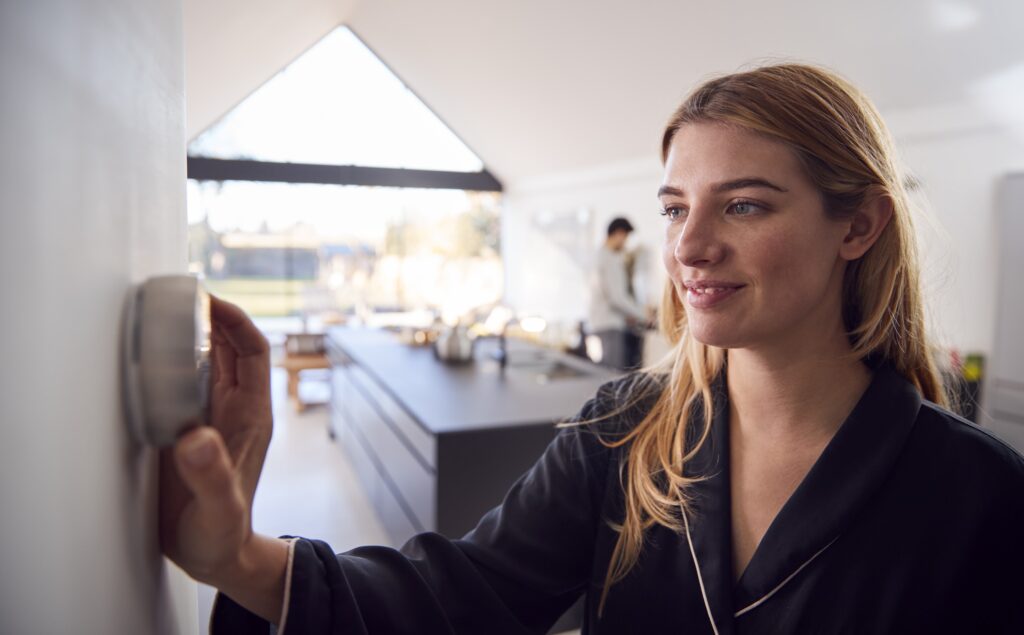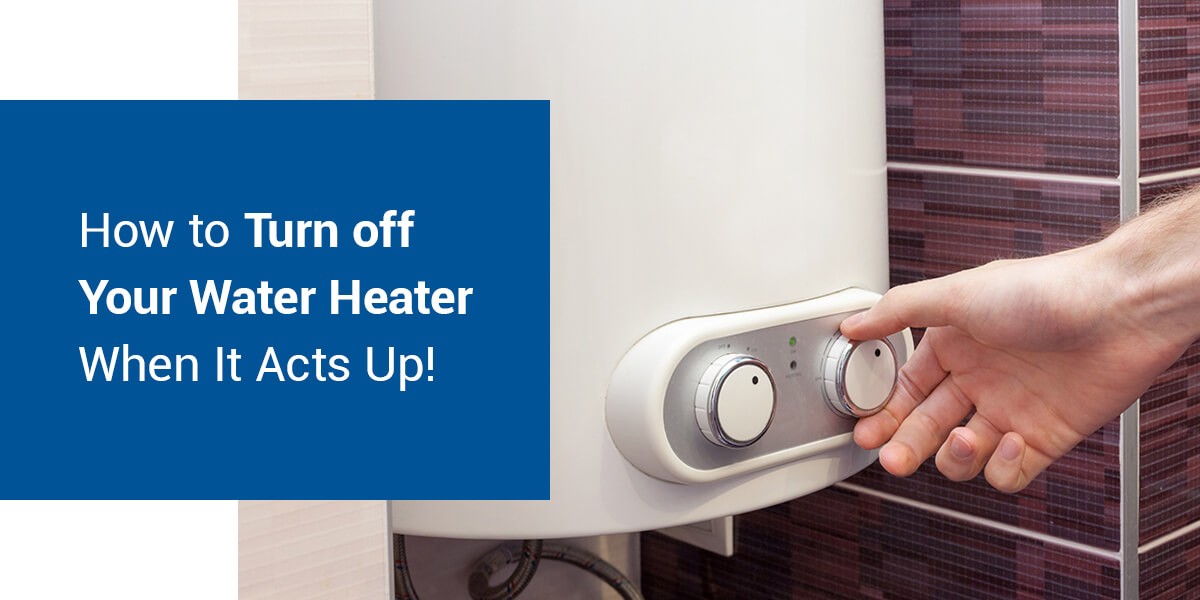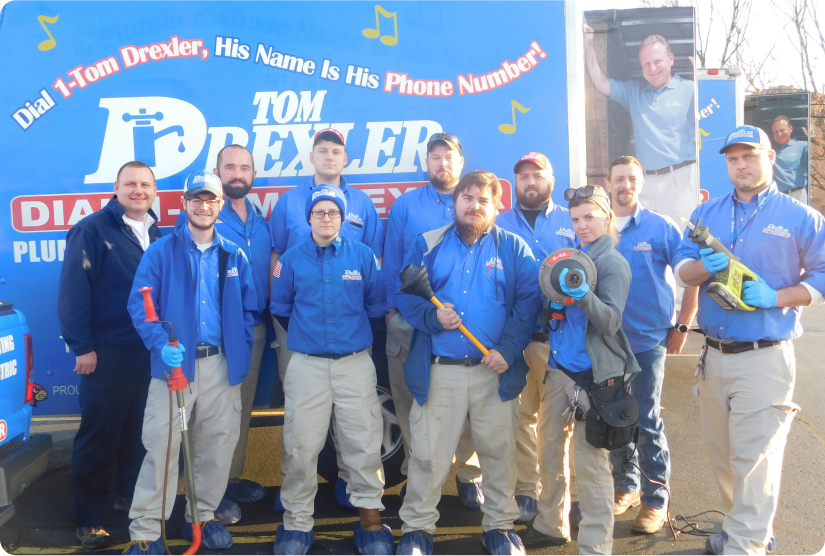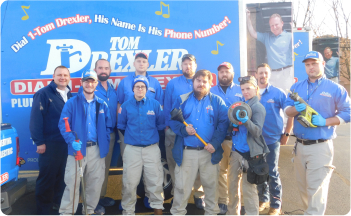If you’ve ever had to take a cold water shower in winter, you likely already know you never want to repeat that experience. Yet every year, thousands of homeowners wake up to arctic water conditions inside their own house as a result of frozen pipes that burst.
In this post, learn 5 key tips to prepare your water pipes to stay freeze-free all winter long.
Tip 1: Leave your faucets dripping when temperatures plunge.
There are three keys to making this tip work. The first is to drip your faucet at the right time, which the latest Disaster Safety brochure states is 20°F for states like Kentucky.
The second key is to drip the faucet that is farthest away from your home’s main point of water entry. This will keep the water flowing slowly throughout your entire pipe network.
The third key is to understand that a steady water drip will not keep your pipes from freezing. But it can keep your frozen pipes from bursting when the water inside freezes and then expands. The drip keeps the pipes from accumulating water as it freezes.
Tip 2: Foam up.
Southern states are not as used to freezing cold winter temperatures as their northern counterparts. This has ramifications all the way back to when a new home gets built, since southern state contractors tend to go light on insulation around pipes, whereas northern state contractors may double up.
When true winter conditions do kick up in southern states, this means homeowners and their pipes are typically under-insulated to withstand the cold. You can fix this in three ways:
– Weather strip and caulk areas where cold air can leak in and reach water pipes.
– Wrap extra insulation around the pipes themselves.
– Cover the outside spigots with foam caps to protect them from chilly air.
Tip 3: Air out your home.
Typically, water pipes are located in out-of-the-way places within your home, such as inside cabinets. By opening up the doors of the cabinets in the kitchen and bathroom and other areas where water pipes are accessible, you let some of the colder air out and the warm air from your house inside to keep the pipes warmer.
Tip 4: Drain your water pipes before leaving for any length of time in winter.
If there is one thing even most weather professionals can’t count on, it is an accurate weather prediction. You don’t want to worry about your home while you are away!
You can do three things to reduce the risk of frozen, bursting pipes:
– Drain all the water out of your pipes by turning off the main water supply to the house and opening all the faucets/spigots until no more water comes out.
– Leave the main water supply turned off until your return.
– Keep your heat a bit higher than you ordinarily would to prevent pipes from freezing and keep your home indoor air temperature well above 32°F.
Tip 5: Do not attempt to fix a frozen pipe on your own!
A frozen pipe can be dangerous. A frozen burst pipe can be even more dangerous. Do one thing wrong and you could find yourself electrocuted, flooded or worse. What you can do while you are waiting for the plumber is:
– Turn off the main water supply to the house.
– Leave the faucets and spigots open to drain as they are able.







